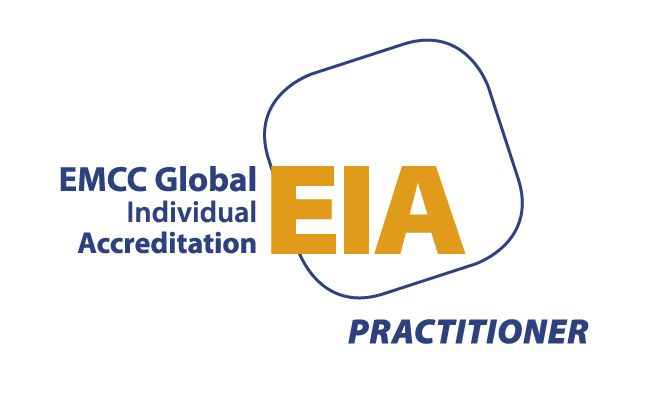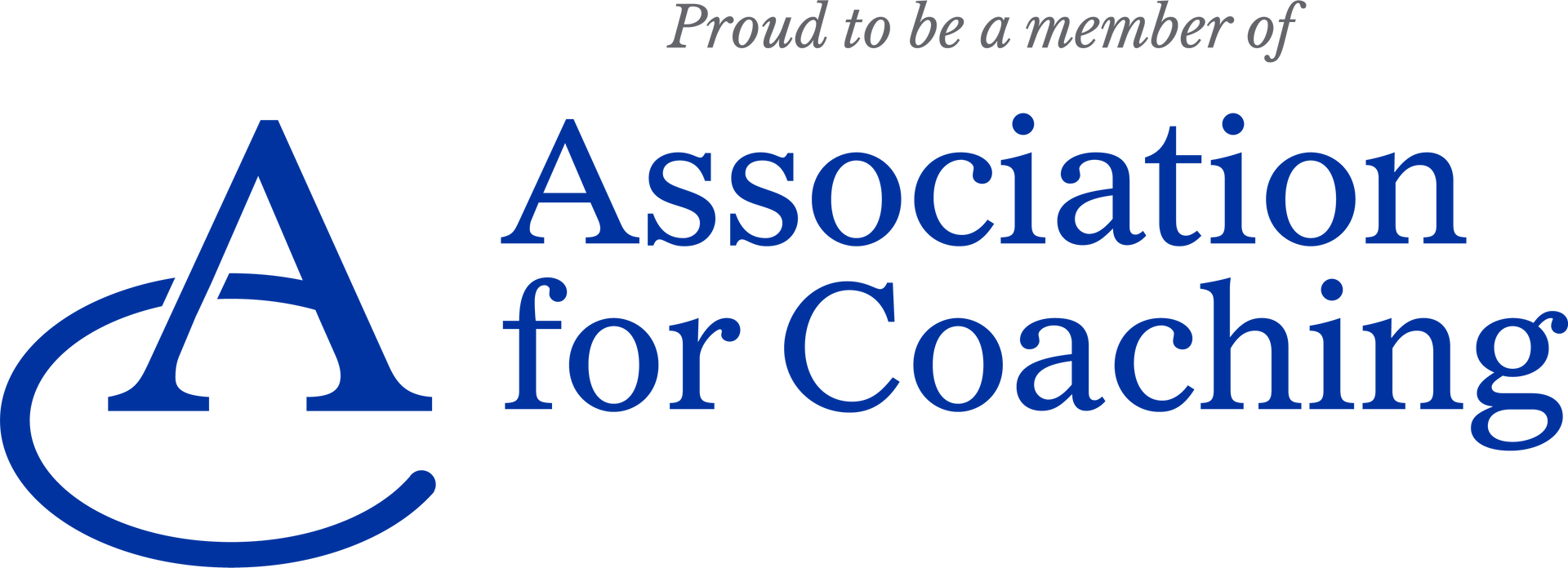Managing Stress as a Leader
Barbra Carlisle • March 16, 2025
Prolonged stress is a disaster for Leaders and their teams

As a leader I am sure you will agree that leadership is a rewarding journey on the whole. However, it’s often a journey that is travelled under significant pressure. The weight of responsibility, decision-making, and managing people can lead to stress that doesn't just impact you but ripples out to your team, organisation, and your family life.
Recognising, understanding, and managing this stress is crucial for sustaining effective leadership and fostering healthy workplace cultures.
The Dynamics of Stress in Leadership
Stress manifests differently for every leader. For some, it may show up as physical symptoms like fatigue, headaches, or difficulty sleeping. For others, it's emotional or behavioural—irritability, indecisiveness, or withdrawal. Prolonged stress can lead to burnout, reduced productivity, and poor decision-making (Harvard Business Review, 2022).
Stress isn’t always about workload.
It can stem from unclear expectations, navigating complex team dynamics, or facing the weight of constant change. The challenge is that leaders often feel they must carry this weight silently, believing vulnerability undermines authority. Yet, the reality is that unaddressed stress can lead to miscommunication, disengagement, and a culture where pressure becomes the norm rather than the exception.
The Ripple Effect of Leadership Stress
Individual Impact: Chronic stress can erode a leader’s health, relationships, and overall wellbeing. It can lead to poor mental health outcomes and diminish one’s sense of purpose and satisfaction in work.
- Family Impact: The stress a leader experiences doesn't stay at the office. It can strain relationships at home, reduce emotional availability, and contribute to feelings of guilt and isolation.
- Team Impact: Leaders set the tone for their teams. Stress can result in less empathetic leadership, strained communication, and a lack of psychological safety. This may discourage innovation and increase turnover.
- Organisational Impact: Persistent stress in leadership can contribute to a toxic culture, poor performance, and higher absenteeism rates. It affects organisational resilience and long-term sustainability (CIPD, 2025).
Recognising Stress
Managing stress starts with awareness. Leaders need to recognise not just when they are under pressure but how it manifests. Reflection is key, as is understanding the unique triggers and patterns that heighten stress levels.
Here, subtle insights from personality frameworks like the 5 Voices can offer valuable guidance. Each leadership style may respond to stress differently. For instance:
• Leaders who prioritise harmony may feel overwhelmed when facing unresolved conflict.
• Leaders who value precision and excellence might experience stress when faced with ambiguity or rushed decisions.
• Vision-oriented leaders could feel trapped if they're bogged down in details.
• Process-driven individuals might struggle when systems break down or when rapid change disrupts routines.
• Empathetic, people-focused leaders may carry the emotional weight of their team's wellbeing.
Understanding these tendencies can help leaders pinpoint when stress is rising and why. It also highlights that there's no one-size-fits-all solution. Managing stress is about recognising what matters most to you and ensuring those needs are met sustainably.
Strategies for Managing Stress
- Pause and Reflect: Take time to identify stress triggers and patterns. Journaling or quiet reflection can help in recognising emotional signals early.
- Connect with Peers: Leadership can be lonely. Building networks where honest conversations are welcomed can provide perspective and reduce isolation.
- Embrace Healthy Boundaries: Knowing when to switch off is vital. Leaders who model balance encourage the same for their teams.
- Reframe Pressure: Sometimes, changing the narrative around challenges can reduce their emotional weight. This doesn't ignore reality but reshapes how it's perceived.
- Coaching Support: Engaging with a coach offers a safe space to explore challenges, build resilience, and develop strategies for maintaining balance. Coaching can provide insights into stress responses and practical ways to manage them without compromising leadership effectiveness.
To summarise
Stress is an inevitable part of leadership, but it doesn't have to define it.
By recognising how stress manifests, understanding personal triggers, and implementing practical strategies, leaders can sustain their wellbeing and lead with clarity and purpose. To help understand what your triggers are why not take our free 5 Voices assessment here
Investing in personal development and seeking coaching support is not a sign of weakness but a commitment to sustainable leadership. It ensures that the leader, their team, and the wider organisation thrive—not in spite of challenges but through navigating them with resilience and authenticity.
Book a call with me here
to talk through what you are experiencing and what you would like to achieve.
Harvard Business Review. (2022). Managing Stress as a Leader.
CIPD. (2025). https://www.cipd.org/uk/knowledge/factsheets/stress-factsheet/
Giant Worldwide. (n.d.). The 5 Voices Framework.

Introduction Going down to London a couple of weeks ago I was looking forward to putting on a good podcast and ignoring everything and everyone around me. That is until a woman, Melanie, came and plonked down next to me, with her pile of papers and her phone ringing. Once she had taken the call, she smiled at me, I smiled back and this led to a 2 and half hour conversation on all things from professional development to managing long distant relationships. I got off the train more energised, connected and ready for the day than if I had stuck my headphones in. We arranged to meet for a coffee back in Liverpool. Why am I telling you this? Because in business, we often talk about the importance of networks and collaboration—but what if some of the most transformative insights come not from your inner circle, but from a stranger on a train, a chance encounter at a conference, or a casual conversation over coffee? The Research A recent UK study from the University of Essex (Sandstrom et al., 2022) showed that small talk with strangers can significantly improve mood, empathy, and creativity. More importantly, these fleeting interactions often lead to the sharing of ideas that would otherwise remain siloed. In a time when innovation and agility are everything, this matters. Another UK study by Nesta (2019) on innovation diffusion found that ideas spread faster in communities where “weak ties” are strong—those acquaintances and peripheral connections that sit just outside our usual networks. They introduce novelty and challenge groupthink, something every CEO navigating complexity should pay attention to. The Leadership Lens When I work with CEOs, those in peer networks always value that outside in perspective, a fresh set of eyes. When I interviewed Tom Morgan for The Unlikely Executive Podcast he highlighted the power of talking to absolute strangers. His stranger was on the side of a soccer pitch. Showing that real breakthroughs can happen when you put down your guard and just share what your thoughts and ideas are. The 5 Voices framework reminds us that each person has a unique voice—and when we only surround ourselves with people who speak “like us,” we lose access to vital perspectives. When leaders only stay within their trusted circle, something important is lost. You may protect consistency and control (a strength of the Guardian), but you risk missing the unexpected insight that could change everything. Often, it’s the Creative or Connector in the room who first sees the value in an offhand comment or a half-formed idea. These seemingly small conversations—ones we often don’t prioritise—are where innovation is born.” The Call So here’s an invitation: be deliberate about bumping into brilliance. Attend a meet-up that’s outside your industry. Talk to a stranger, say hello as a starter! This method was used by Mel Robbins to great effect when she moved home and is outlined in her brilliant book Let Them. Most of all, create cultures where your team talks beyond their silos too. You might be surprised by where the next big idea comes from—and who it comes from. Curious what kind of conversations might unlock new thinking for you as a leader? Let’s talk. barbra@gleecoaching.com

Introduction Starting a business with friends is thrilling. There is an overarching sense of relief that you don't have to do it alone -you can do it with your bestie! yay! Fast forward 18 months, and the Yay! can turn into Nay! Misaligned expectations, unspoken assumptions, and personality clashes often threaten what was once a shared vision. How can co-directors stay aligned—and stay friends? The Research The UK’s ScaleUp Institute (2022) found that the biggest internal challenge to scale-up growth isn’t funding or sales—it’s leadership alignment. Misalignment at the top leads to strategic drift, team confusion, and burnout. The London Business School’s study on entrepreneurial team dynamics (Lechler & Ensley, 2021) highlights that psychological safety, clear communication, and complementary leadership styles are essential for co-founder success. The Voice of Alignment Most founder teams don’t fall apart because they disagree on what they want to build. It’s how they build it—how they make decisions, how they handle conflict, how they communicate under pressure. One founder might lead with relentless vision, what I call the Pioneer perspective, while another is carefully evaluating risk (taking a Guardian perspective). One might want harmony above all else (Nurturer), and another thrives on energy and visibility (Connector). The key is not to flatten those differences, but to name and honour them.” As a co-director of a brilliant social research agency Michael and I were super excited when we set out - we even got to take clients with us! Yay! However our personalities and life stage were so so different that tensions started to arise. - One of us wanted to renegotiate the agreed starting salary - one of us didn't - One of us was a laissez faire leader, one of us wasn't - One of us put our people first, one of us didn't - One of us blended work with social life, the other just wanted to go home and be with their family - One of us was single and footloose, one of us was married with responsibilities. None of the above were unresolvable but we were unable to resolve due to lack of appreciation of each other, and pressures from around us. I wish I had sought out the support of a coach, I would have loved it if we had both had coaching before it was too late. The Call If you’re building something with someone you respect and care about, take the time to build how you build. A business plan is vital—but so is a relationship plan. Talk to one another about your needs and desires, and share your observations on how you think the relationship, not just the business is going. Let’s ensure your founding team is aligned not just on the product, but on purpose, pace, and process. If you want to run through your thoughts get in touch with me, I would love to be able to help you, and your friend, be totally awesome! https://zcal.co/barbracarlisle/30min


